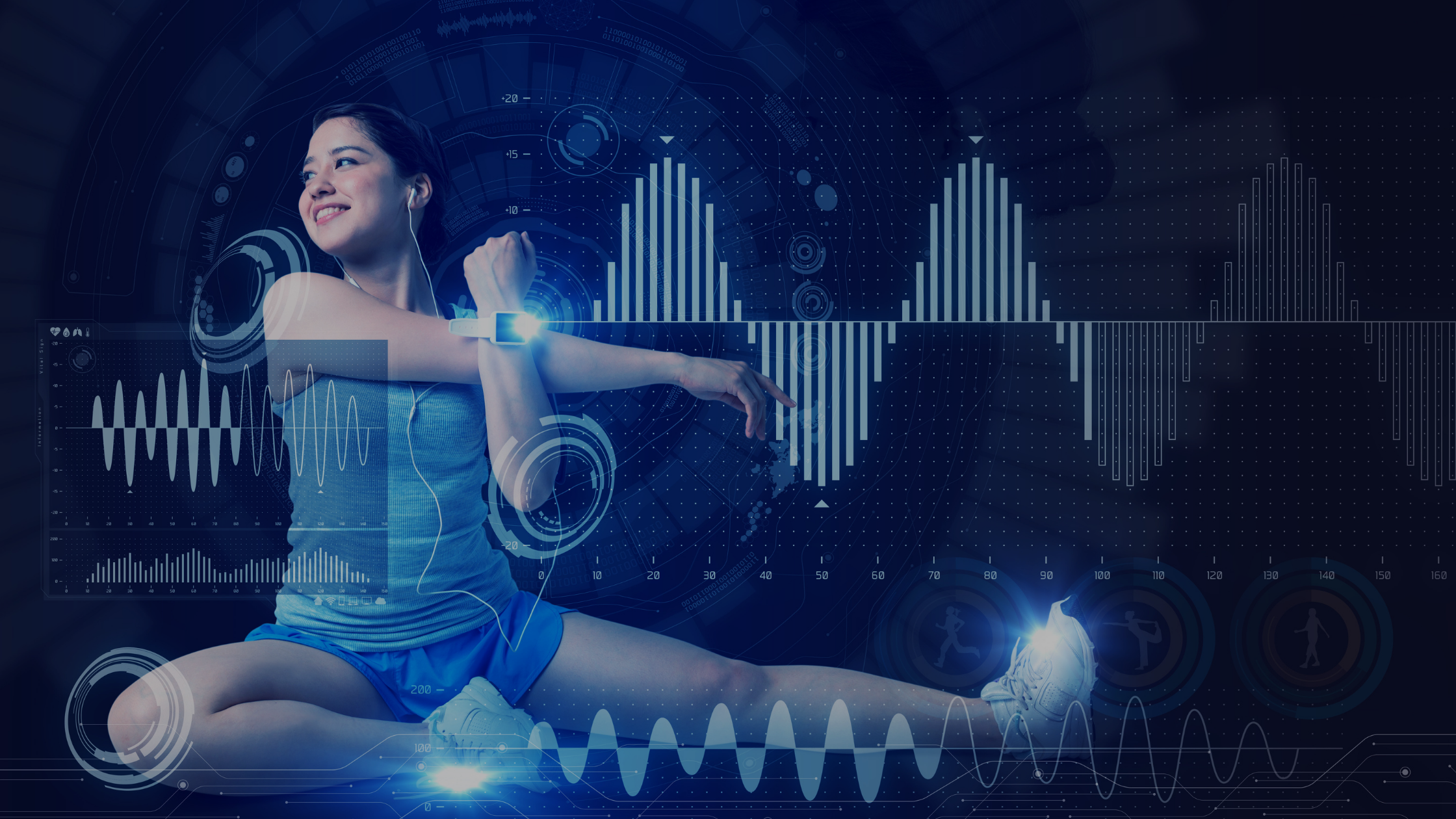Cloud Computing is a game-changer for a lot of industries. In the last decade, it has been a significant factor in the evolution of technology. The benefits are enormous, not only from an operational perspective but also from a strategic one. Cloud computing can help teams better organize their data and make them more efficient. With cloud-based storage, data is accessible from anywhere at any time. They can also be accessed by anyone who needs it with the right security measures in place to protect sensitive information.
The benefits of the cloud for sports:
Fewer injuries thanks to real-time tracking
NFL players are not allowed to play with GPS trackers. However, many coaches use such devices during their training. GPS is far from a foolproof system. This is the reason why the NFL decided to update itself using an RFID system. Each player will be equipped with two RFID chips incorporated into their shoulder pads. These chips will send location and speed data measured using accelerometers.
It is, for example, possible to set up new formations, imagine new trajectories, or understand the particular style of each player. However, the real power of these chips lies in the ability to make sense of numbers and statistics. Cloud computing solutions help to transform sports data into concrete visuals allowing decisions to be made. This sport and Big Data tool makes it possible to visualize the teams’ performance and their main qualities.
Thanks to player tracking, it is also possible to better prevent injuries. The players and coaches are more aware of their hydration rate and physical condition in general. Likewise, for the NFL, blows to the head can be detected. Despite the awareness of the danger of concussions in professional sport, little has changed in a few years. Coaches can turn data into preventative measures. Many hope that tracking will reduce the number of injuries.
Predict fan preferences
Cloud-based analytical technologies can improve the experience for sports fans. The more ticket sellers and teams know about fan preferences, the more they can pamper them. Fans today come to stadiums with smartphones and want technology to improve their experience. In response, sporting event organizers and stadium owners are turning to the cloud, mobile, and analytics technologies to deliver a never-before-seen experience.
Shortly, several changes are expected. The spectator can be guided to the nearest parking space using a mobile application when arriving at the stadium. In the field, it will be possible to access instant replays, alternate views, and close-up videos. With a mobile device, the fan will order food and drinks and have them delivered to their place without wasting a moment of the match. The smartphone will also be able to indicate the nearest toilets. Finally, after the game, the app will provide traffic directions and suggest the fastest home route.
Player health
Using cloud solutions, data from the connected objects wearables type, such as the connected bracelets, glasses AR, or smartwatches, provide statistical information in real-time on each player. The speed, rhythm, or acceleration of the heart are all data that these devices can measure. Likewise, wearables help reduce the number of injuries. The sensors record the impact of collisions and the intensity of the activity and compare them with historical data from a database to determine if the player is at risk of injury.
The rise of network science
The science of networks is playing an increasingly important role in sports and big data analysis. This science considers each player as a knot. It draws a line between them as the ball moves from one to the other. Many mathematical tools have already been developed to analyze such networks, and this technique is therefore beneficial for sports science.
For example, it is easy to determine the most critical nodes in the network using the so-called centrality measure. In football, goalkeepers and forwards have the lowest centrality, while defenders and midfielders have the highest.
This science also helps to divide the network into clusters. This way, team members can pass the ball or act more efficiently. However, the problem with network science is that there are many ways to measure centrality and determine clusters. The most effective method is not always clear, depending on the circumstances. It is, therefore, necessary to systematically evaluate and compare these different methods to determine their usefulness and value.
Looking forward
In the future, cloud-driven and Machine Learning will add context to sports data. In addition to measuring speed and distance, it will provide insights, for instance, on how many sprints were made by the athlete or if these accelerations were carried out under pressure.
By adding context to the data collected, coaches and analysts will spend more time focusing on strategic elements such as the correlation between actions or the quality of the opportunities created.
Interested to learn more? Book a call here today.


